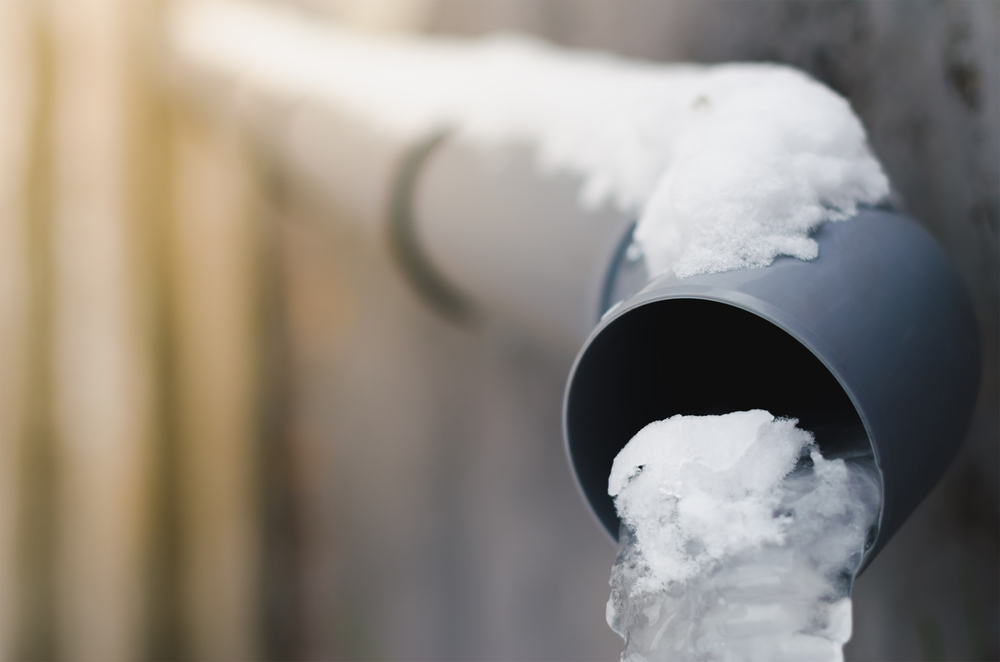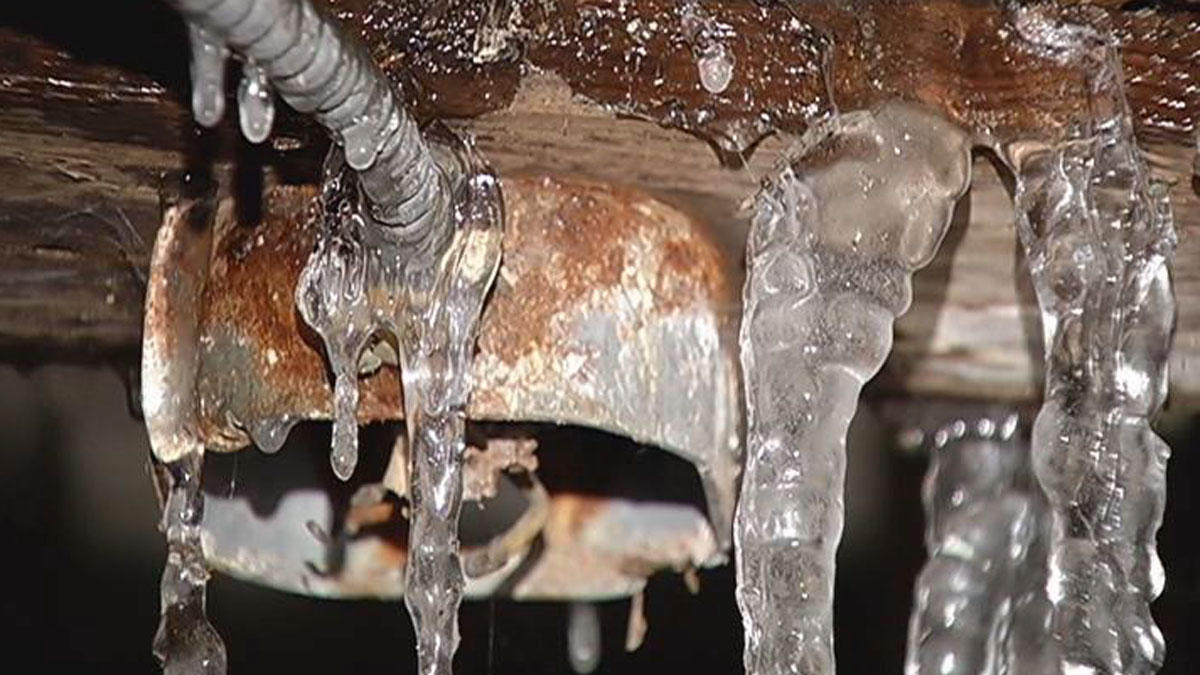Shielding Pipes from Cold Weather Issues: Essential Approaches
Shielding Pipes from Cold Weather Issues: Essential Approaches
Blog Article
How do you feel on the subject of Prevent Frozen Pipes ?

Winter can ruin your pipes, especially by freezing pipelines. Right here's just how to avoid it from occurring and what to do if it does.
Intro
As temperatures decline, the threat of icy pipelines rises, potentially leading to pricey repairs and water damages. Recognizing exactly how to prevent frozen pipes is important for house owners in chilly climates.
Avoidance Tips
Shielding susceptible pipelines
Wrap pipes in insulation sleeves or use heat tape to safeguard them from freezing temperature levels. Concentrate on pipelines in unheated or outside areas of the home.
Home heating techniques
Maintain interior rooms appropriately heated, especially locations with plumbing. Open up closet doors to permit cozy air to circulate around pipelines under sinks.
How to determine frozen pipes
Look for reduced water flow from faucets, uncommon smells or noises from pipes, and noticeable frost on revealed pipes.
Long-Term Solutions
Architectural modifications
Think about rerouting pipes away from exterior walls or unheated locations. Include added insulation to attic rooms, cellars, and crawl spaces.
Upgrading insulation
Buy high-quality insulation for pipelines, attics, and walls. Appropriate insulation aids keep constant temperature levels and decreases the risk of icy pipelines.
Protecting Outdoor Plumbing
Yard hose pipes and outdoor taps
Separate and drain garden tubes prior to wintertime. Install frost-proof faucets or cover outside taps with insulated caps.
Comprehending Icy Pipelines
What creates pipelines to freeze?
Pipelines freeze when subjected to temperature levels listed below 32 ° F (0 ° C) for prolonged durations. As water inside the pipes freezes, it broadens, taxing the pipe walls and potentially causing them to burst.
Dangers and problems
Icy pipes can bring about water system disturbances, residential or commercial property damages, and pricey repair services. Ruptured pipes can flooding homes and create extensive structural damages.
Indications of Frozen Pipeline
Recognizing frozen pipelines early can avoid them from breaking.
What to Do If Your Pipelines Freeze
Immediate activities to take
If you believe icy pipes, maintain taps open up to eliminate pressure as the ice melts. Utilize a hairdryer or towels soaked in hot water to thaw pipes slowly.
Final thought
Avoiding frozen pipelines needs proactive measures and quick feedbacks. By recognizing the causes, indicators, and safety nets, property owners can safeguard their pipes throughout cold weather.
5 Ways to Prevent Frozen Pipes
Drain Outdoor Faucets and Disconnect Hoses
First, close the shut-off valve that controls the flow of water in the pipe to your outdoor faucet. Then, head outside to disconnect and drain your hose and open the outdoor faucet to allow the water to completely drain out of the line. Turn off the faucet when done. Finally, head back to the shut-off valve and drain the remaining water inside the pipe into a bucket or container. Additionally, if you have a home irrigation system, you should consider hiring an expert to clear the system of water each year.
Insulate Pipes
One of the best and most cost-effective methods for preventing frozen water pipes is to wrap your pipes with insulation. This is especially important for areas in your home that aren’t exposed to heat, such as an attic. We suggest using foam sleeves, which can typically be found at your local hardware store.
Keep Heat Running at 65
Your pipes are located inside your walls, and the temperature there is much colder than the rest of the house. To prevent your pipes from freezing, The Insurance Information Institute suggests that you keep your home heated to at least 65 degrees, even when traveling. You may want to invest in smart devices that can keep an eye on the temperature in your home while you’re away.
Leave Water Dripping
Moving water — even a small trickle — can prevent ice from forming inside your pipes. When freezing temps are imminent, start a drip of water from all faucets that serve exposed pipes. Leaving a few faucets running will also help relieve pressure inside the pipes and help prevent a rupture if the water inside freezes.
Open Cupboard Doors
Warm your kitchen and bathroom pipes by opening cupboards and vanities. You should also leave your interior doors ajar to help warm air circulate evenly throughout your home.

We had been guided to that write-up on How To Avoid Freezing Pipes through a good friend on our other web page. If you please take the opportunity to promote this content if you liked it. Thank you for your time spent reading it.
Contact Us Report this page